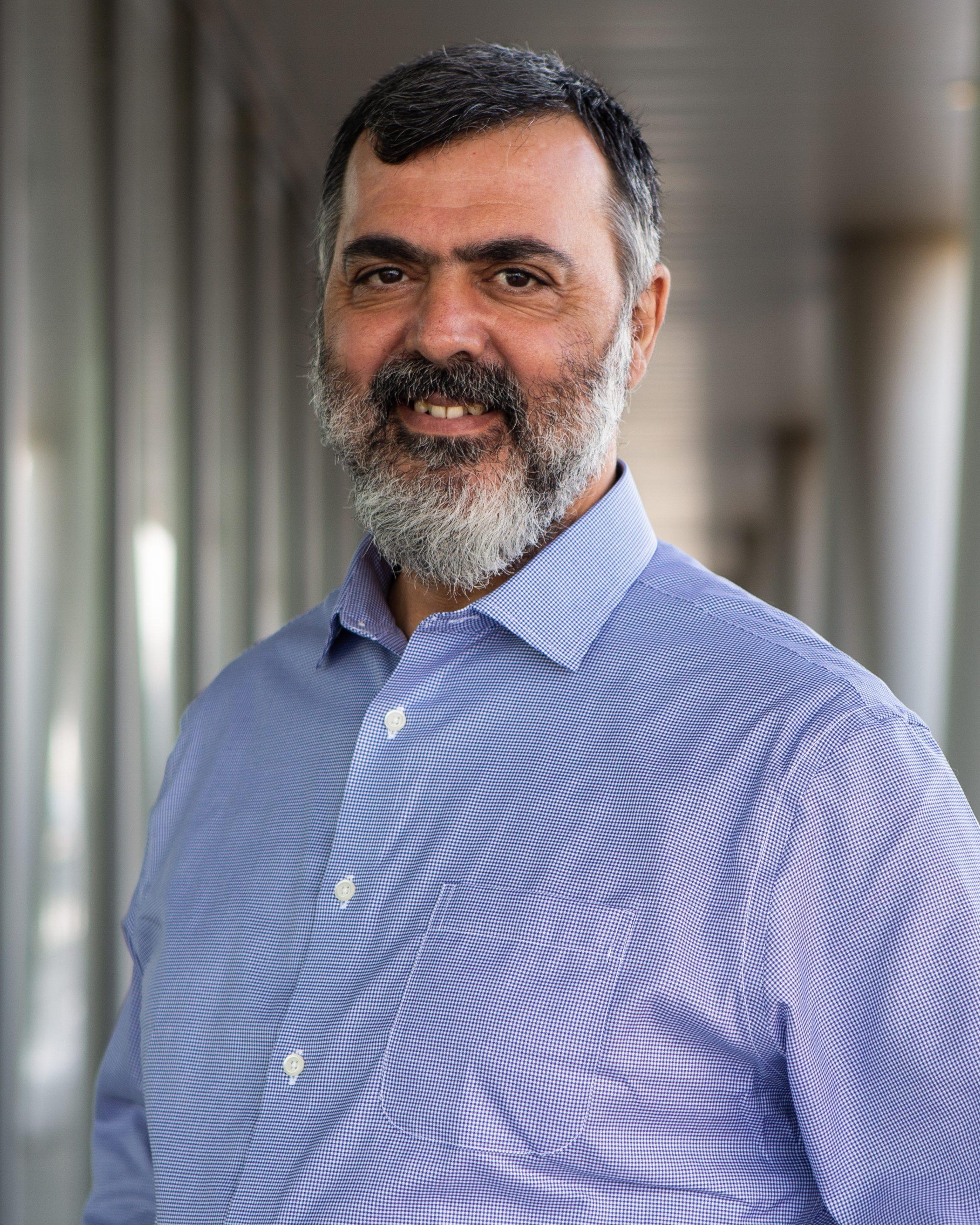Journal of Environmental Management
The economics of sediment quality on barrier shoreline restoration
Jul 20, 2022
This paper depicts a simulation-based assessment of sediment quality on the performance of dedicated dredging projects for barrier island restoration in coastal Louisiana, USA. The research involved the development and integration of two sub-models. In the first, geomorphic modeling was used to simulate sediment transport dynamics within a proxy barrier island template over a 50-year trajectory. The template was assumed to be nourished with one of two sources of dredged material: nearshore (NS) sediments of lower quality (smaller grain diameter, higher organic fines); or higher quality sediments from distal sources located on the Outer Continental Shelf (OCS). In the second model, agency project records and commercial bids were used to estimate project construction costs as a function of dredge material quantity, transport distance, and project target elevation. These sub-models were coupled within a net present value framework from which average annual break-even values for ecosystem services (EBEV) were derived as an efficiency metric for comparing the economic performance of NS- and OCS-sourced projects. Results indicate that in some cases, the physical resiliency afforded by even small increases in sand diameter (+4 μm d50) can translate to greater long-term economic viability (lower EBEV) for OCS-sourced sediment transported over longer distances. Moreover, projects constructed with much higher diameter OCS sediment (+44 μm d50) with low fines and transported over relatively long distances (200 μm, 5% fines, 15–20 miles) were found to be more cost-effective than all comparably-sized projects constructed with lower quality NS sediments obtained from proximal sources (156 μm, 20% fines, 3–5 miles). For some comparisons, this quality advantage yielded a lower EBEV for OCS-sourced projects with transport distances exceeding 30 miles. Under storm-punctuated simulations, these quality advantages were more pronounced, with greater physical and economic implications for earlier (Y5) versus later (Y20) occurring storms. Budgeting for dedicated dredging projects has traditionally centered on the value of sediment as a commodity, with a focus on material placement cost. The findings of this study, however, indicate that a more comprehensive accounting of sediment quality and performance is required to maximize the economic efficiency of coastal restoration spending. Paper here.

